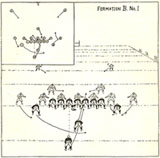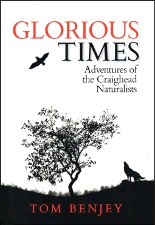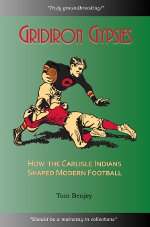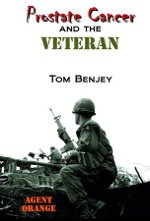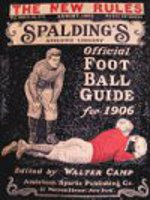
A commenter informed me of a Lone Star Dietz painting that had been sold for a high price at auction in 2022. That Dietz produced this particular painting while he was living in Reading, Pennsylvania is not a problem. Dietz attended the 40th anniversary celebration of Washington State’s victory over Brown in the 1916 Rose Bowl in Pasadena, California. While on the West Coast he traveled to Pullman, where he discussed the open coaching position. He likely did this painting on that visit. The minimum bid allowed by the auction was $2,000. The only bid received was for $2,400. One suspects that a family member or local institution was the purchaser. I’d appreciate hearing if the painting is seen hanging somewhere. The auction site included the following write-up, which is surprisingly accurate, about the painting:
Original oil on canvas painting by Lone Star Dietz, College Football Hall of Fame coach and second coach of the Washington Redskins. Following his coaching career, Dietz became a noted painter and had an exhibition of his works at Lehigh University in 1955. The offered painting is especially noteworthy, because it was produced for one of Dietz’s former players at Washington State, Ralph Boone, who was a key contributor in the club’s 1916 Rose Bowl victory.
The colorful painting (44×36”), titled “My Washington” pictures the sprawling Yakima Valley, Washington state’s agricultural center, noted for its wine, apple, and hops production. Dietz has signed and dated the painting, “Lone Star Dietz Jan. ’56,” in the lower right corner. Dietz has added a lengthy dedication on the reverse of the canvas. In full: “’My Washington’ – From the Yakima Valley to the Palouse – It is a country of roving clouds – endless hills of growing wheat – Delicious apples – tall timber and fields of blooming hops/As painted for Ralph R. Boone a great football player, a fine gentleman and a warm personal friend – by his former coach – Lone Star Dietz – 1956.” The painting, which is stretched on board, remains in Excellent to Mint condition.
Ralph Boone was a running back who played under Dietz at Washington State. Boone scored the first touchdown of the game in Washington State’s 14-0 win over Brown in the 1916 Rose Bowl, which was just the second Rose Bowl game ever played, and the one that began the annual New Year’s Day tradition. Obviously, the ties between player and coach remained strong throughout the years, with the two forming a close friendship in later life, as the dedication of this painting will attest.
Lone Star Dietz was one of the most interesting figures in the history of both college and professional football. His heritage as a Native American was always questioned throughout his life, but he was a star football player at the Carlisle Indian School (1909-1912) under Pop Warner and a teammate of Jim Thorpe. Washington State marked his first college head coaching position, which he held from 1915 to 1917. (Dietz’s win in the 1916 Rose Bowl is still the school’s only Rose Bowl win.). Dietz eventually coached at seven other colleges, including Purdue, Louisiana Tech, and Wyoming. In 1933 he became the second head coach of the Washington Redskins in what was the club’s second season in NFL franchise history. While the story has never been confirmed, it was often said that team owner Preston Marshall named the club the “Redskins” in honor of Dietz’s heritage (the team was known as the Braves during its inaugural 1932 campaign). Dietz coached the Redskins for two seasons before returning to the college ranks. He retired from coaching in 1942, spending the remainder of his life as a painter right up until the time of his death in 1964. Dietz was elected to the College Football Hall of Fame in 2012. Please note: the size and/or weight of this lot will necessitate an increased shipping charge.





